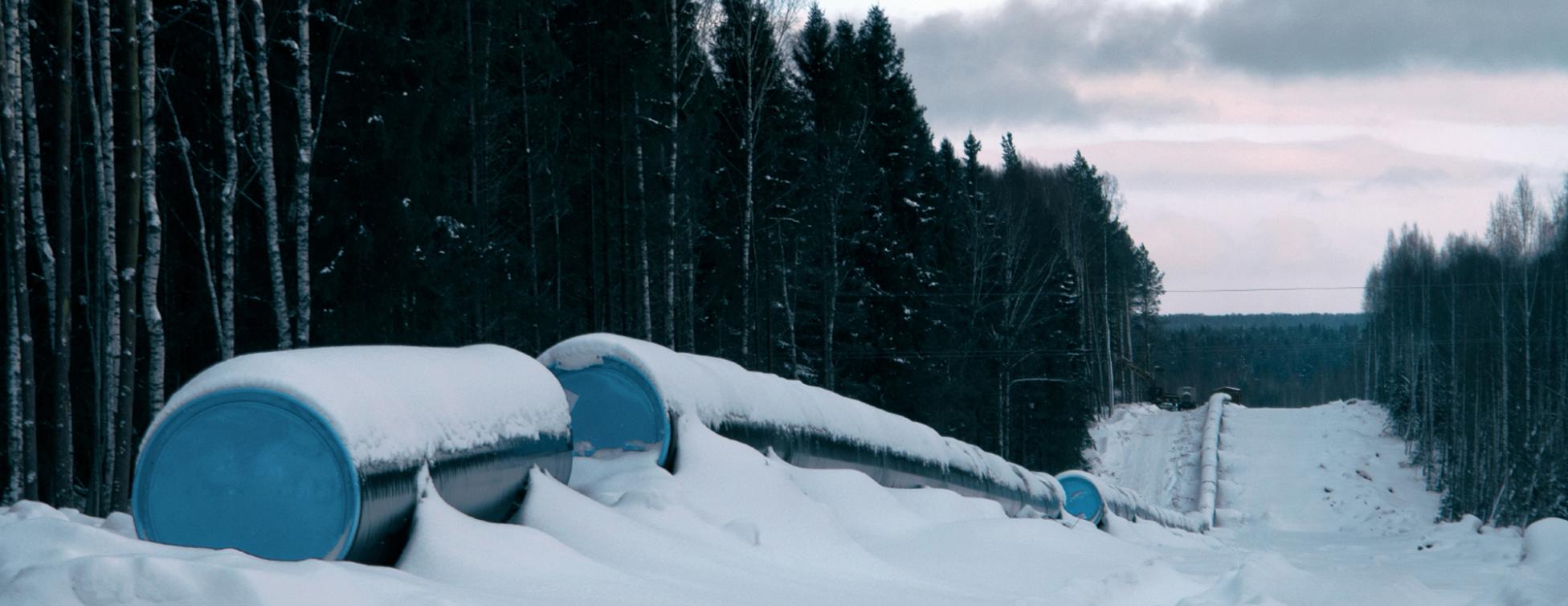Pipe Rack Bolting
The consequence of structural failure in a power plant is operationally serious and can be life threatening.
When structures are designed for bolted connections usually "high-strength" fasteners are indicated (ASTM A325/A490). If these bolts are not installed properly, per the standard (AISC/RCSC, or other), the joint does not support the loads expected by the engineer. So, when loose bolts are observed in completed facilities, it is alarming because it is an indicator the contractor's bolting program was flawed. Properly installed bolts are verified to be pre-tensioned, which practically eliminates nuts backing off for any reason.
So what constitutes proper pre-tensioning? The code guidelines are specific, however, in simple terms bolts must achieve a certain amount of stretch. The complicating factor is that pre-tensioning varies depending on manufacturing lot, and environmental conditions like moisture because of variable thread friction. This means that daily testing (for each lot) is required to determine a "torque value" for the assembly. If this is not performed, over or under stretched bolts result and the joint can be structurally compromised.
At a recently visited facility, it was common to see plies (steel plates) not mated and loose nuts in almost every structure due to improper installation and verification procedures. Even more alarming, loose bolts had been marked with white chalk to indicate that a final tightening had been performed and verified. In such cases, the RCSC "arbitration" method can be used for auditing the structures to verify the condition of the fasteners.
The real difficulty for an owner is that while pre-tension testing is code required, documenting the process is not required, unless it’s a contract requirement. For an owner to assure structural integrity, it's important to hire an inspector to watch the program full-time during the structural steel erection phase of the project.
Little or none.
Contractor: RCSC arbitration is moderately expensive. Owner: Risks structural failure and personnel injury.

Plies Not Engaged
The friction between the plates (plies) is a large part of a bolted joint's structural integrity, especially in a slip-critical application. In this case, the shear capacity of the bolts themselves provide the full strength of the joint. This is almost certainly not the design intent. Eventually the nuts will rattle off and there will be no joint.










